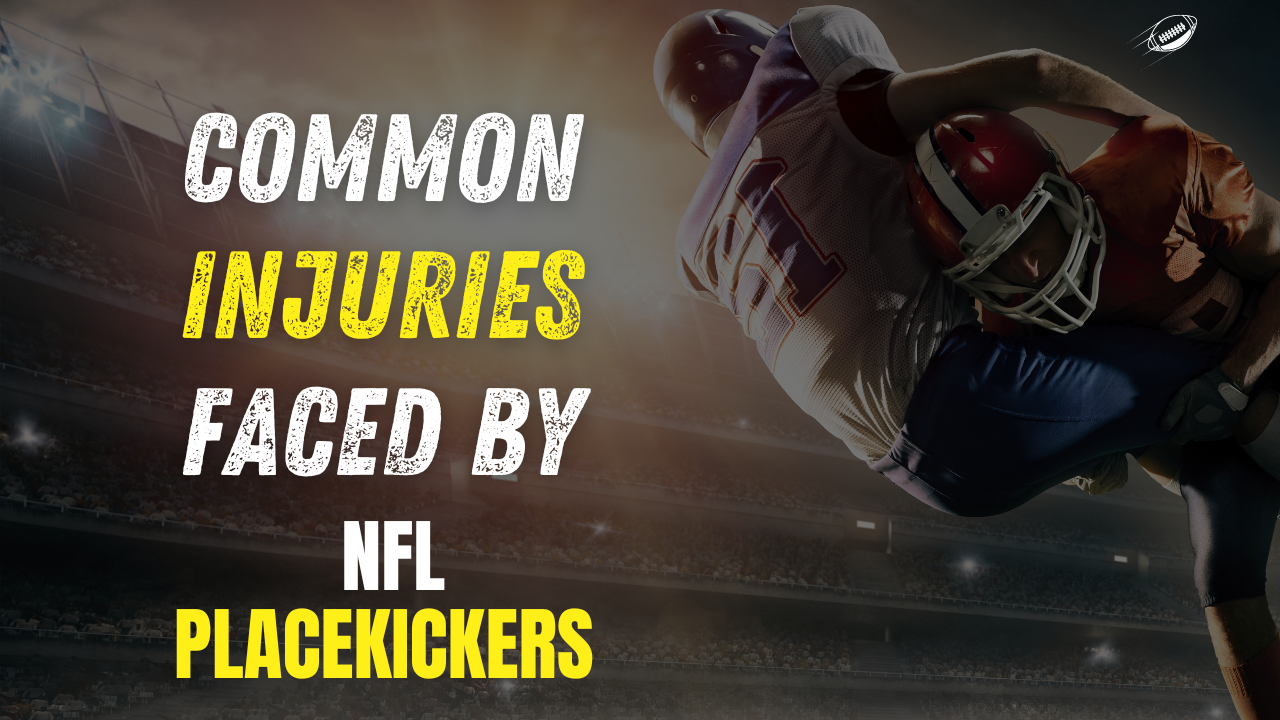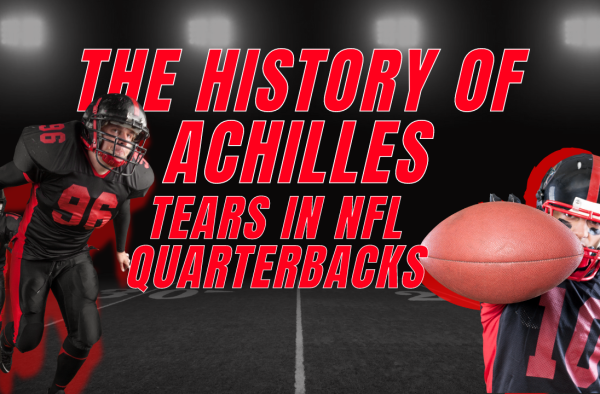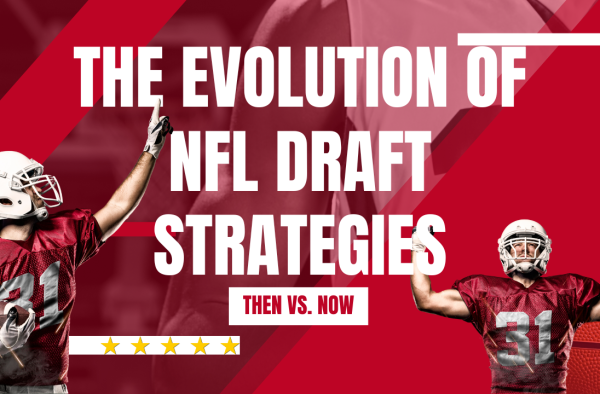Placekickers in the NFL are a unique group of athletes whose primary role is to score points through field goals and extra points, as well as executing kickoffs. Although their position may seem less physically demanding compared to others in football, placekickers are not immune to injuries. The repetitive nature of their kicking motion, combined with the high level of precision required, can lead to various injuries over the course of a season. This blog will explore the most common injuries faced by NFL placekickers and provide insights into why these injuries occur, along with strategies for prevention and recovery.
Hamstring Injuries
Hamstring injuries are common in many sports, and placekickers are no exception. The hamstrings, located at the back of the thigh, work in conjunction with the quadriceps during the kicking motion. They help control the leg’s movement and decelerate the leg after the kick.
Causes: A placekicker’s hamstrings are subject to significant stress during the follow-through phase of the kick. Sudden movements, improper warm-up, or muscle imbalances can lead to hamstring strains or tears.
Prevention: Maintaining flexibility and strength in both the hamstrings and quadriceps is essential to preventing hamstring injuries. Regular stretching and strengthening exercises are key components of an effective injury prevention strategy.
Treatment: Rest, physical therapy, and a gradual return to activity are typical treatments for hamstring injuries. Severe hamstring tears may require more extended periods of rest and rehabilitation.

Knee Injuries

Knee injuries can be particularly concerning for placekickers, as the knee is a central component of their kicking mechanics. An injury to the knee can severely impact a kicker’s ability to perform effectively, and in some cases, may sideline them for an extended period.
Causes: Knee injuries in placekickers can result from the repetitive stress of kicking, direct contact during a game, or non-contact mechanisms such as sudden changes in direction. Overuse injuries, such as patellar tendinitis (also known as “jumper’s knee”), are also common due to the repetitive motion of kicking.
Prevention: Strengthening the muscles around the knee, including the quadriceps and hamstrings, can help provide stability and reduce the risk of injury. Proper warm-up routines and stretching exercises are also crucial in maintaining knee health.
Treatment: Depending on the severity of the injury, treatment can range from rest and physical therapy to surgery in cases of ligament tears or significant damage. Rehabilitation is typically focused on restoring strength, stability, and range of motion in the knee.
Ankle Sprains
Although less common than other injuries, ankle sprains can still occur in placekickers, particularly during kickoffs when there is a higher chance of twisting or rolling the ankle. Ankle sprains can limit a kicker’s ability to plant their foot and generate power for their kicks.
Causes: Ankle sprains can occur when a kicker lands awkwardly after a kick or when their foot twists during the planting phase. Additionally, contact with other players during the game can lead to ankle injuries.
Prevention: Strengthening the muscles around the ankle and maintaining good flexibility can help prevent ankle sprains. Wearing supportive footwear and using ankle braces or taping techniques may also provide additional protection.
Treatment: Treatment for ankle sprains typically involves rest, ice, compression, and elevation (RICE), along with physical therapy to restore strength and mobility in the ankle.

Lower Back Pain
Lower back pain is a common complaint among placekickers, largely due to the twisting and hyperextension involved in the kicking motion. The lower back is subject to significant stress as the kicker swings their leg and follows through with the kick.
Causes: Poor kicking technique, overuse, and muscle imbalances can all contribute to lower back pain in placekickers. The repetitive nature of kicking, combined with the force exerted on the spine, can lead to muscle strains, disc issues, or other forms of lower back pain.
Prevention: Core strengthening exercises, along with proper warm-up and stretching routines, can help prevent lower back pain. Focusing on maintaining good posture and proper kicking mechanics is also essential for reducing the risk of injury.
Treatment: Rest, physical therapy, and exercises that target core stability and flexibility are common treatments for lower back pain. In some cases, chiropractic care or other forms of manual therapy may be helpful.

Groin Strains

Groin strains are one of the most common injuries among NFL placekickers. The groin muscles are heavily involved in the kicking motion, particularly when generating power and controlling leg movement. Placekickers are required to repeatedly exert force with their kicking leg, which can lead to overuse and eventual strain of the groin muscles.
Causes: The explosive action of kicking places a significant load on the adductor muscles, which are responsible for bringing the legs together. The repetitive stretching and contraction of these muscles during kicking can cause microtears, leading to strains.
Prevention: Strengthening the core and hip muscles, along with regular stretching, can help prevent groin strains. Proper warm-up routines are also essential to ensure the muscles are adequately prepared for the demands of kicking.
Treatment: Rest, ice, and physical therapy focused on strengthening and flexibility exercises are common treatments for groin strains. Severe cases may require a longer recovery period or even surgery in extreme scenarios.
Quadriceps Strains
The quadriceps muscle group, located at the front of the thigh, is crucial for kicking. The quadriceps are responsible for extending the knee, which is a key part of the kicking motion. Like groin strains, quadriceps strains can occur due to the repetitive nature of kicking.
Causes: Overuse is a primary cause of quadriceps strains in placekickers. The powerful leg swing required to kick the ball puts the quadriceps under constant strain, increasing the risk of injury.
Prevention: Strength training that focuses on the quadriceps, hamstrings, and hip muscles can help reduce the risk of strains. Additionally, ensuring proper technique and avoiding overtraining are critical for injury prevention.
Treatment: Treatment typically involves rest, ice, compression, and elevation (RICE), along with physical therapy to restore strength and flexibility. Recovery times vary depending on the severity of the strain.

Hip Flexor Strains

The hip flexors, a group of muscles near the front of the hip, play a significant role in the kicking motion by lifting the leg and bringing the knee towards the chest. Strains in the hip flexors are another common injury for placekickers.
Causes: The repetitive motion of kicking can lead to overuse of the hip flexors, resulting in strains. Additionally, sudden acceleration during the kick can put excessive strain on these muscles, leading to injury.
Prevention: Strengthening the core and hip muscles, along with regular stretching and mobility exercises, can help reduce the risk of hip flexor strains. Maintaining proper form and avoiding overtraining are also important preventive measures.
Treatment: Treatment typically involves rest, ice, and physical therapy focused on strengthening and stretching the hip flexors. In more severe cases, a longer recovery period may be necessary.
While placekickers in the NFL may not face the same level of physical contact as other players, they are still at risk for a variety of injuries due to the repetitive and high-intensity nature of their position. Groin strains, quadriceps and hamstring injuries, knee and hip issues, lower back pain, and ankle sprains are among the most common injuries experienced by placekickers. Proper strength training, flexibility exercises, and attention to technique are essential in preventing these injuries. When injuries do occur, appropriate treatment and rehabilitation are critical for ensuring a full recovery and a return to peak performance.







